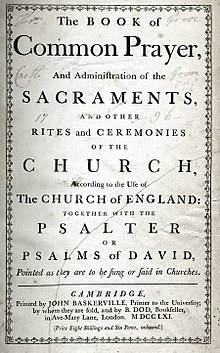No coordinates found
Baskerville
Transitional serif typeface designed in the 1750sBaskerville is a serif typeface designed in 1757 by John Baskerville in Birmingham, England, and cut into metal by punchcutter John Handy. Baskerville is classified as a transitional typeface, intended as a refinement of what are now called old-style typefaces of the period, especially those of his most eminent contemporary, William Caslon.
Read article
Top Questions
AI generatedMore questions



















